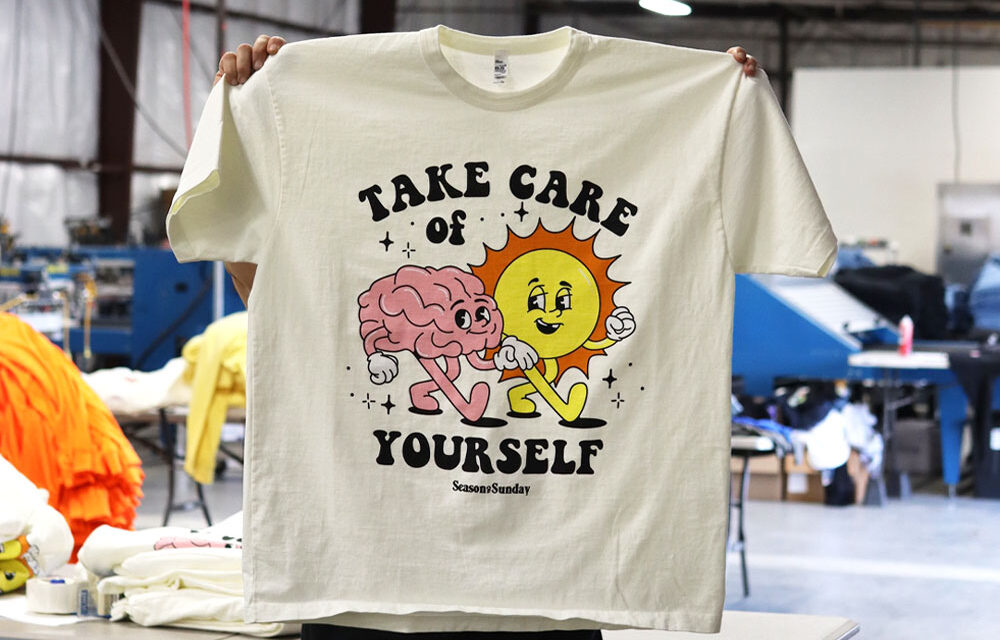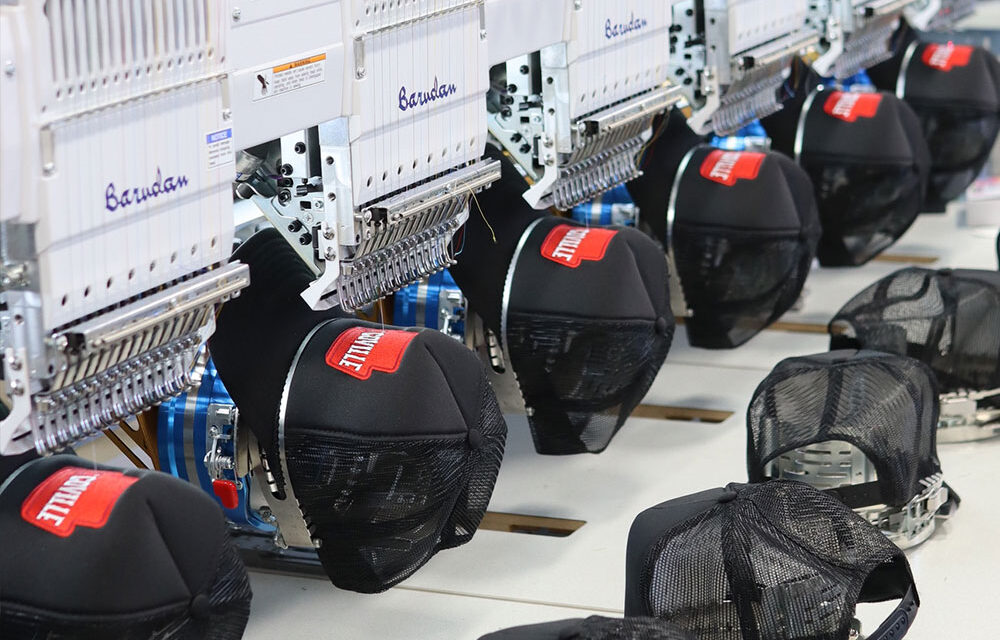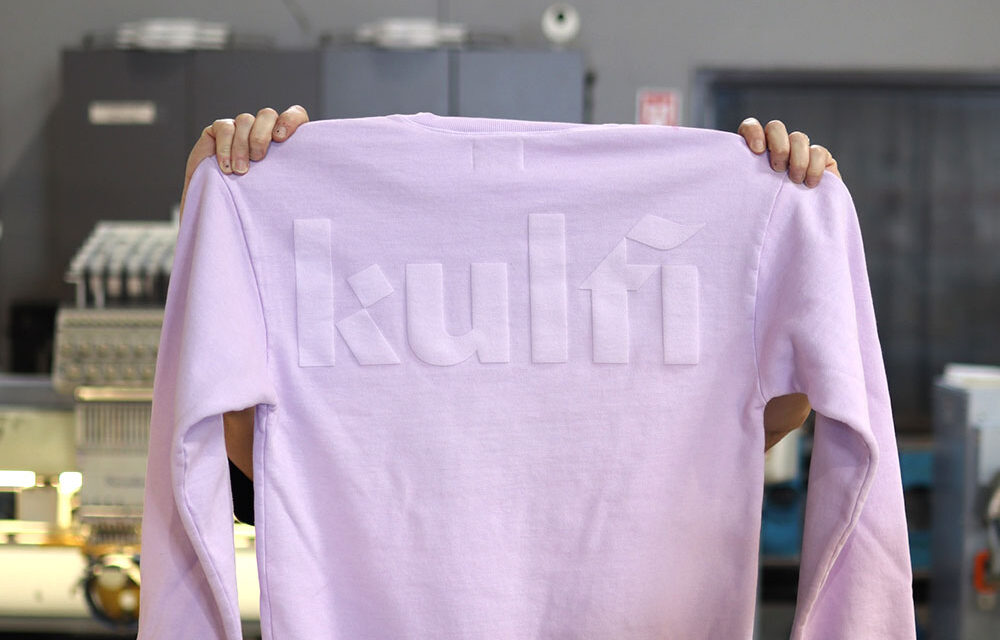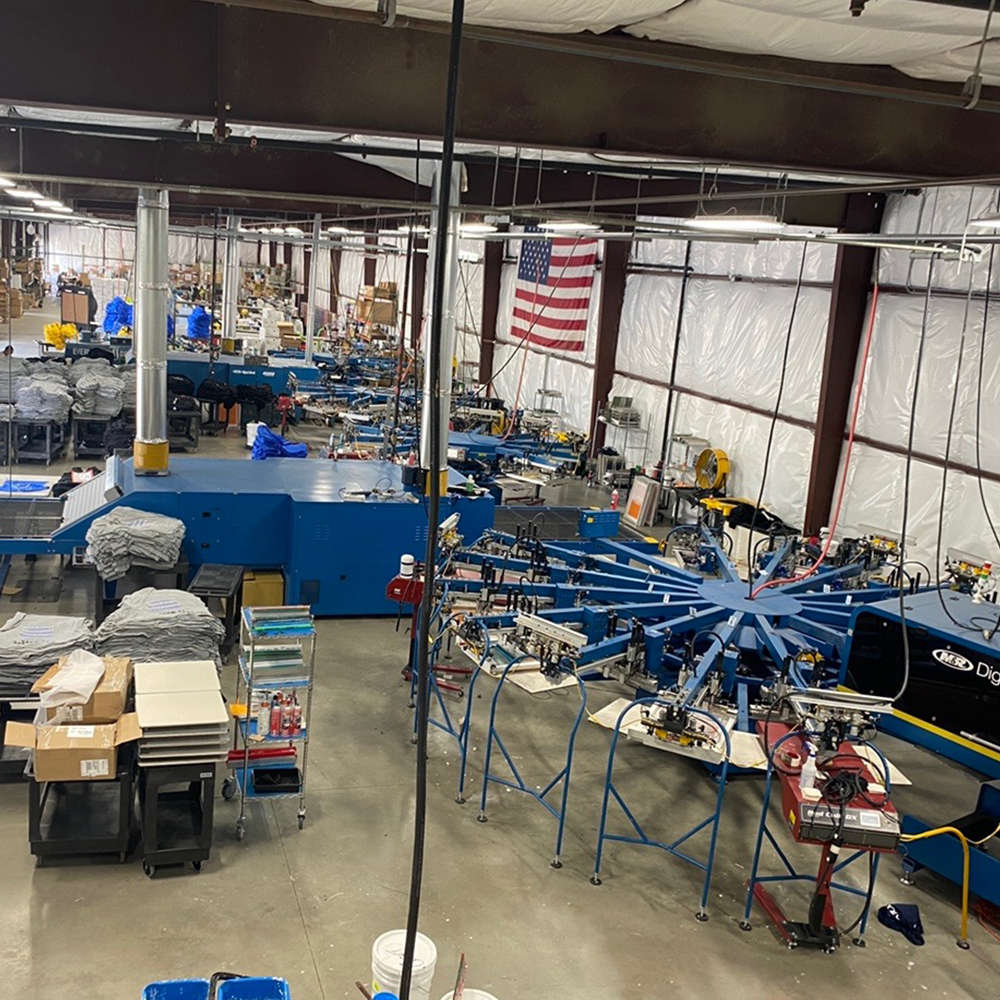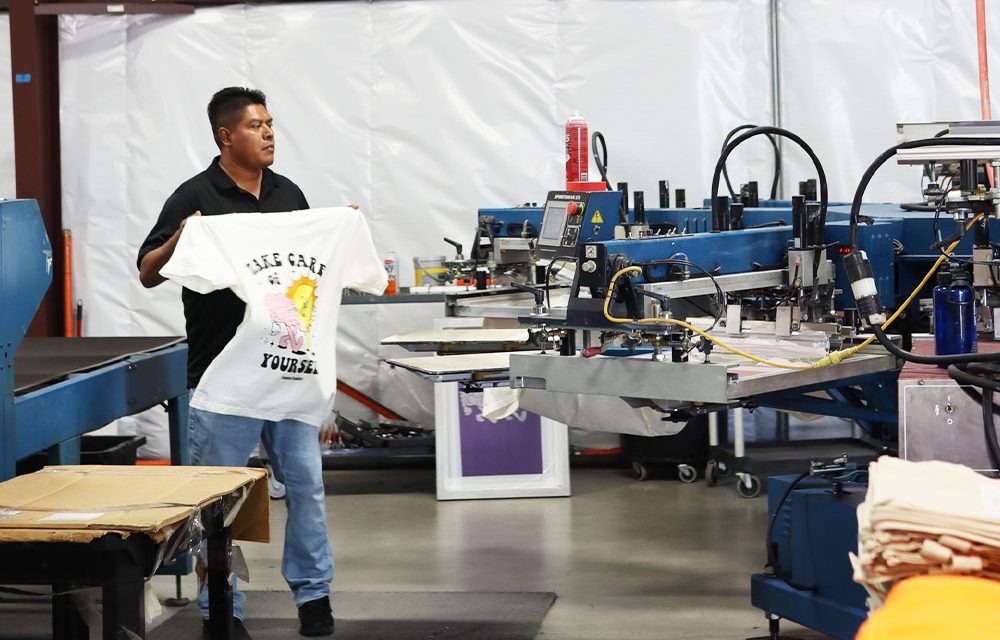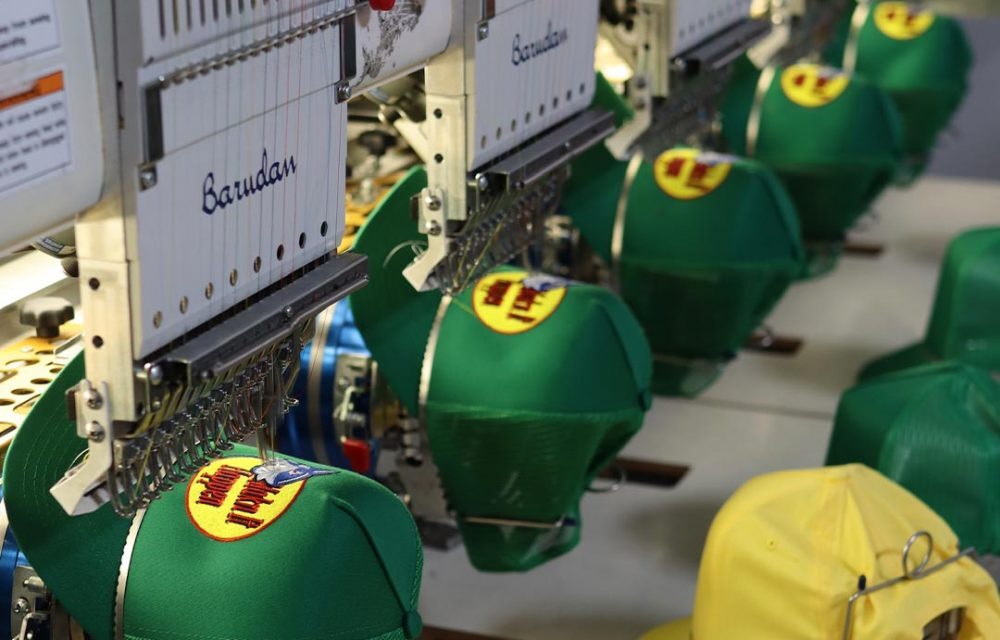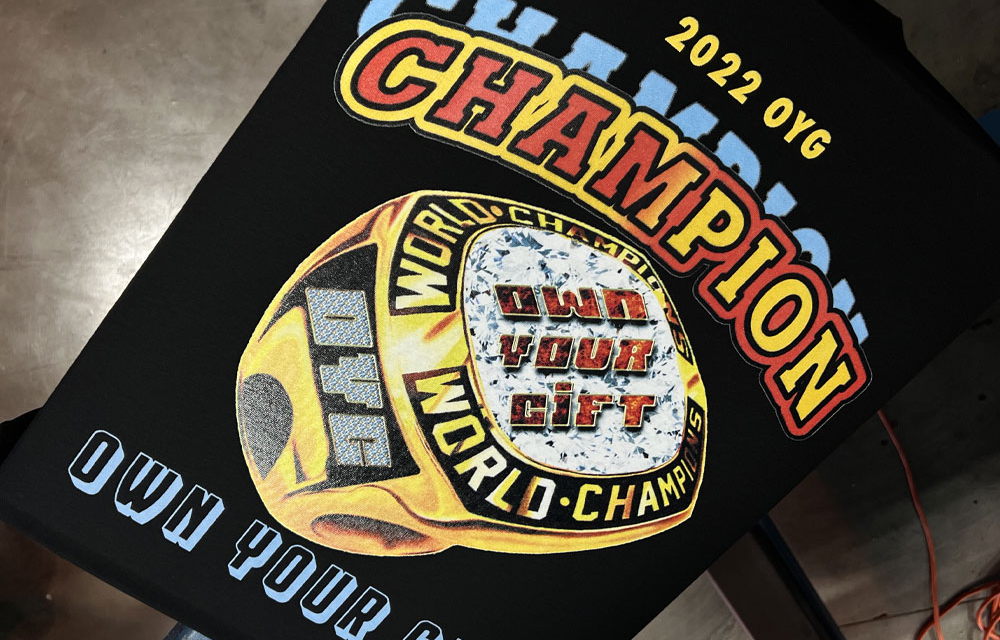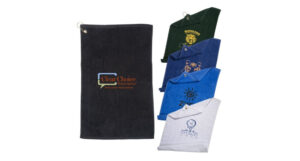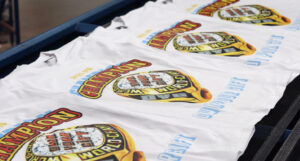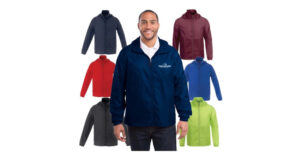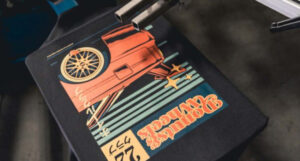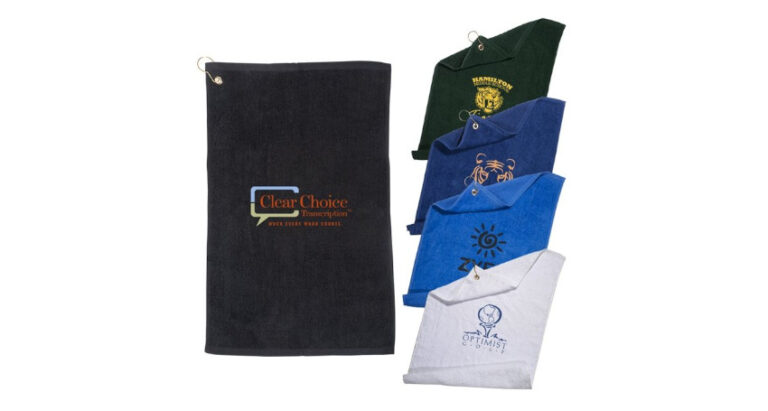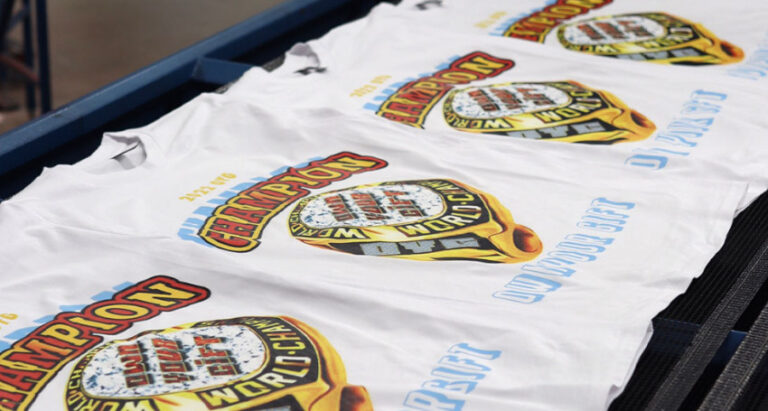Non-profit organizations are constantly seeking innovative ways to make a difference and raise crucial funds for their causes. One effective strategy is leveraging custom merchandise. By imprinting their message on tangible items like promotional items, these organizations not only enhance their visibility but also create meaningful connections with supporters, fostering a sense of volunteer appreciation. This blog post explores the strategies, impacts, and success stories that showcase the potential of custom merchandise for non-profits.
Benefits of Custom Merchandise for Non-Profit Organizations
Incorporating custom merchandise into fundraising and awareness campaigns offers several advantages:
- Increased Brand Visibility: Items like t-shirts, tote bags, and water bottles can turn supporters into walking billboards for the organization.
- Enhanced Donor Engagement: Offering custom merchandise as gifts or incentives can increase donor engagement and loyalty, fostering a sense of belonging.
- Effective Fundraising Tool through the sale of promotional items and branded merchandise. Selling custom merchandise provides an additional revenue stream, attracting donors who receive something tangible in return and appreciate the nonprofit’s marketing efforts through branded swag.
Leveraging custom merchandise effectively allows non-profit organizations to amplify their impact, engage supporters, and raise crucial funds for their mission through promotional strategies.
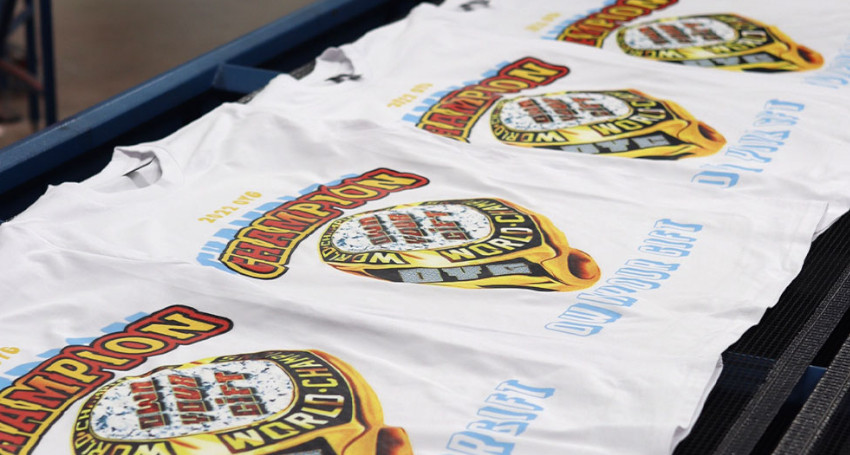
Tips for Selecting the Right Custom Merchandise
When choosing custom merchandise for non-profit organizations, consider these factors:
- Relevance to Cause: Choose items that resonate with the organization’s mission. Eco-friendly products are suitable for environmental causes and can serve as impactful promotional items for nonprofits.
- Quality and Durability: High-quality, durable items enhance brand visibility and leave a lasting impression.
- Supplier Reputation in providing quality promotional products and branded merchandise.: Choose suppliers known for ethical manufacturing practices and who offer customization options.
- Design Considerations: Focus on incorporating the organization’s logo, colors, and messaging creatively to maximize brand recognition.
Careful selection ensures that the merchandise aligns with the organization’s values and effectively engages donors through thoughtful promotional products.
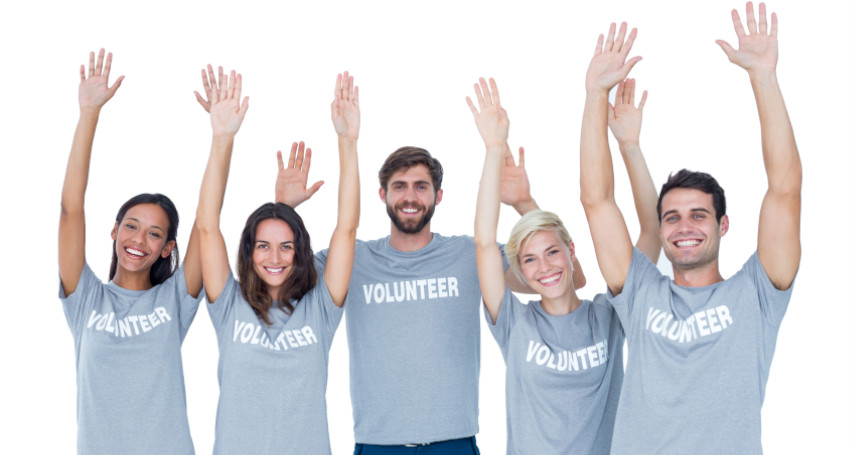
Strategies for Promoting Custom Merchandise
Effective promotion strategies are crucial for maximizing the impact of custom merchandise:
Social Media Engagement
- Showcase merchandise on social media platforms.
- Create appealing content featuring the merchandise to encourage sharing and purchasing.
Fundraising Events Highlight
- Feature custom merchandise at fundraising events as giveaways, prizes, or items for sale.
- Educate attendees about how purchasing merchandise supports the cause.
Collaboration with Influencers and Partners
- Partner with influencers or organizations that align with your cause.
- Influencers can reach larger audiences and provide authentic endorsements.
Implementing these strategies helps non-profits expand their reach and drive contributions through merchandise sales.
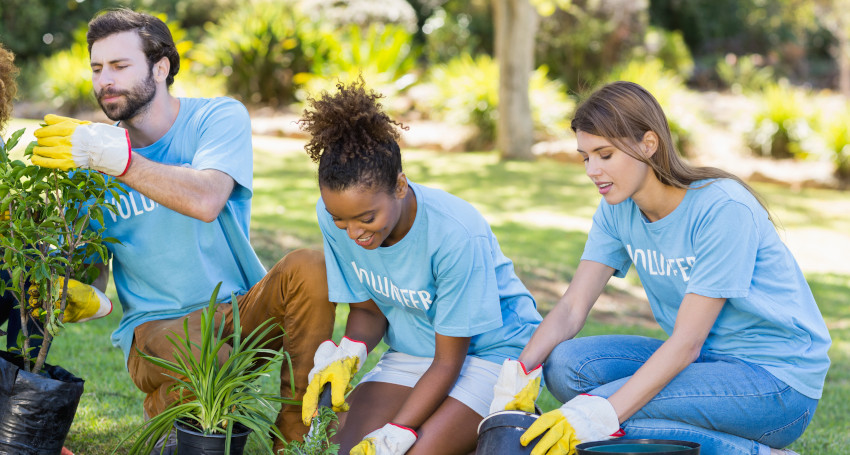
Impactful Custom Merchandise Campaigns by Non-Profit Organizations
Examining successful campaigns provides insights for future initiatives:
Case Studies of Success
- Explore examples of effective custom merchandise campaigns.
- Analyze strategies, chosen merchandise, and outcomes regarding fundraising and brand awareness. Consider the effectiveness of promotional items in these strategies.
Lessons Learned
- Identify trends and lessons from previous campaigns.
- Understand which elements contributed to their success.
Measuring Success
- Determine key metrics like revenue generated, social media engagement, and new donor acquisition for the nonprofit organization.
- Use analytics to evaluate campaign impact and guide future decisions.
Studying successful campaigns can inform strategies for maximizing future merchandise effectiveness.

FAQ
What types of custom merchandise are popular for non-profits? Branded merchandise like promotional products can significantly impact donor appreciation and engagement.
- Apparel like t-shirts and hats are popular due to their visibility and effectiveness as promotional items for nonprofits. Eco-friendly items like reusable bags also align with sustainability efforts.
How does custom merchandise aid fundraising?
- It acts as a fundraising tool by providing a tangible product that supporters can purchase, thereby raising funds while increasing brand visibility.
What should be considered in designing custom merchandise?
- Focus on integrating logos, colors, and messaging cohesively to strengthen brand recognition and appeal to supporters.
How can non-profits promote their custom merchandise effectively?
- Utilize social media, host events featuring the merchandise, and collaborate with influencers to increase awareness and drive sales.
What metrics should be tracked to measure campaign success?
- Track revenue from sales, social media engagement, new donor acquisition, and overall brand visibility to optimize future campaigns.

